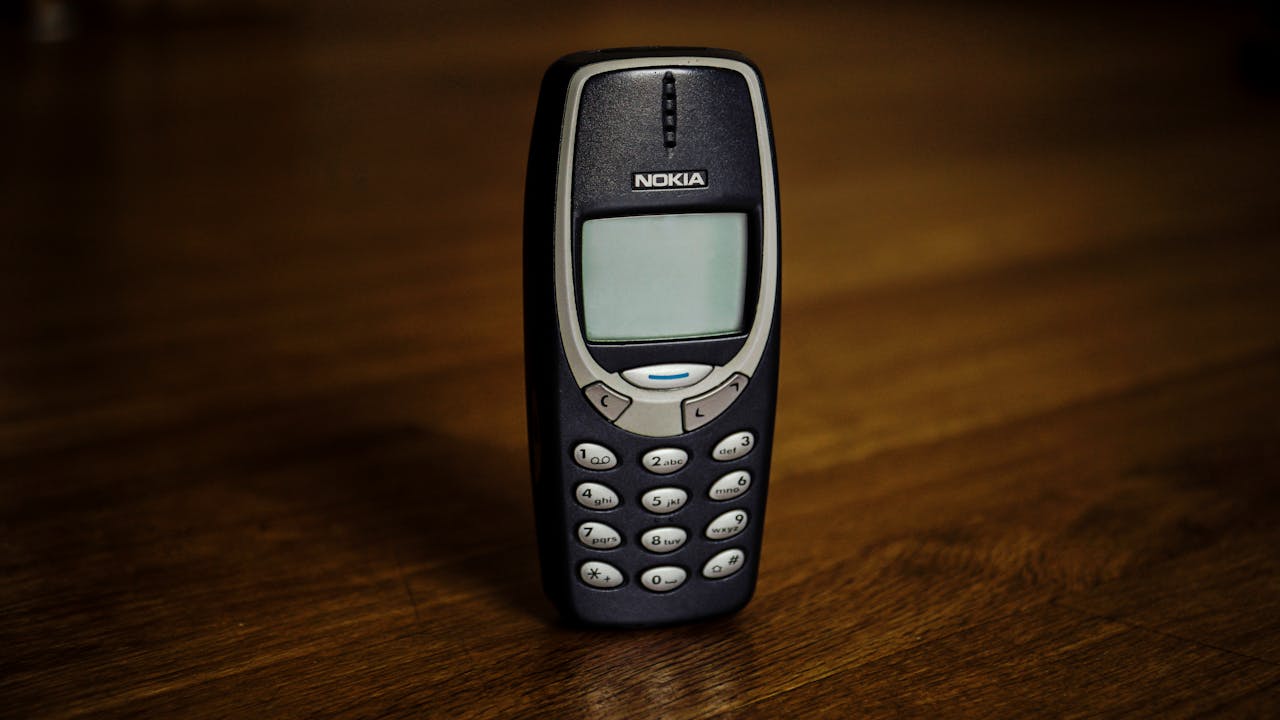
On Monday, April 28, the events began at noon. At exactly 12:33 p.m., a sudden power outage left a large part of the country without power. What initially appeared to be a one-off disruption developed within minutes into one of the largest digital blackouts Spain has ever experienced.
It wasn’t just the power supply that failed. Everyday things we take for granted also failed: calls, data transfers, card payments, and even traffic lights. Mobile networks, especially 4G and 5G, crashed or disappeared from the screens of many mobile phones. Suddenly, millions of people were unable to make calls, send WhatsApp messages, or watch TikTok videos. A major drama unfolded.
At that moment, someone pulled an old Nokia phone out of the drawer, turned it on, and found that it worked. He tried to make a call and succeeded. In the midst of the blackout, when almost everything else failed, 2G phones continued to operate. These phones with buttons, no apps, and no Wi-Fi, which many thought were long obsolete, were the only ones still working. But this isn’t magic; there’s a technical explanation.
Why did 2G phones work during the blackout?
The key lies in the underlying technology. 2G mobile networks operate over the GSM network, a much simpler, more efficient, and less energy-intensive infrastructure. They don’t require the internet or advanced digital services—just an active antenna.
Unlike 4G and 5G, which require data connections, servers, cloud services, and other intermediate layers, 2G prioritizes voice and SMS. In areas where modern repeaters are down, some 2G antennas continue to function because they consume less energy and are less saturated, as fewer users connect to them.
Precisely for this reason, because almost no one uses such mobile phones anymore, the network remained stable. For those who still owned a simple phone or had one as a backup, it became an indispensable emergency tool.
In Spain, 2G is still active—and for good reason.
While the major Spanish operators have already begun gradually shutting down 3G to free up frequencies for this transitional technology to strengthen 4G and 5G, 2G remains untouched for the time being.
In other parts of the world, however, the situation is different. More than 60 countries have shut down their 2G networks to free up frequencies and focus on 4G and 5G connectivity. The problem is that millions of people are being left behind.
In Vietnam, the shutdown was implemented strategically: families without resources were given free access to 4G networks, which reduced the number of 2G users from 18 million to just 143,000 within a year. In other countries, such as India and South Africa, however, the shutdown has been delayed because millions of people still rely on simple mobile phones.
Although many providers around the world have already shut down their 2G networks, in Spain they remain active – not out of nostalgia, but out of necessity. They are used for alarm systems, elevators, industrial equipment, and, to a lesser extent, for phones used by older people, where calls and large buttons take priority over touchscreens.
This maintenance incurs costs for the operators, but also has strategic value. What happened on April 28 was a true test: Without a 2G network, the blackout would have been even more devastating. The “outdated” technology turned out to be the Plan B no one asked for – but the one we all needed.



